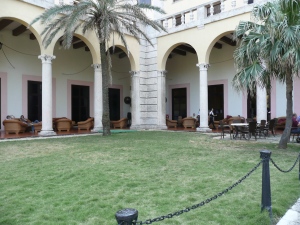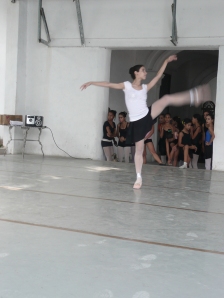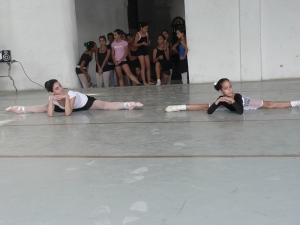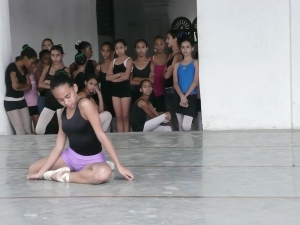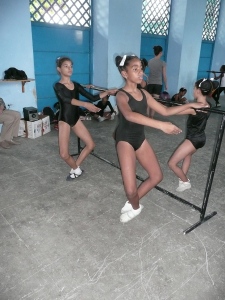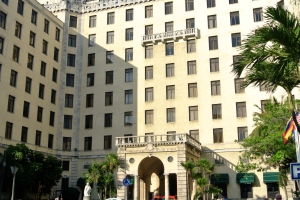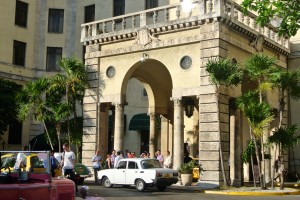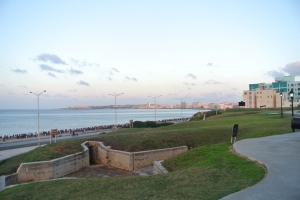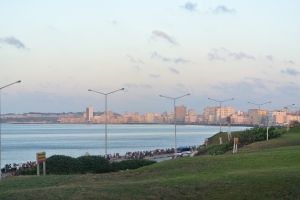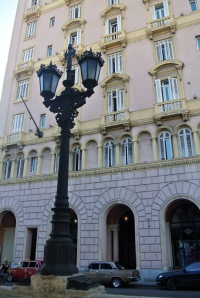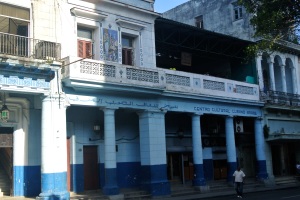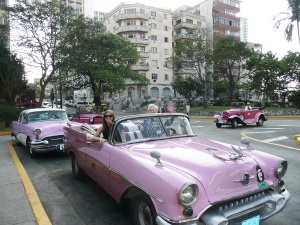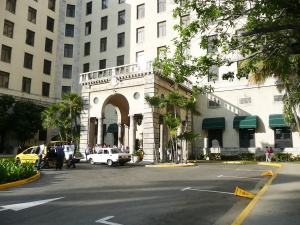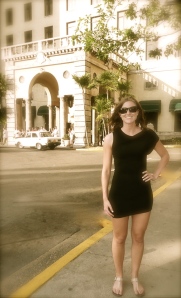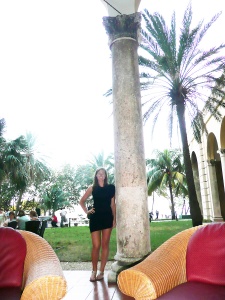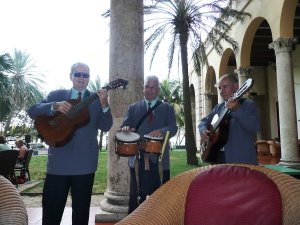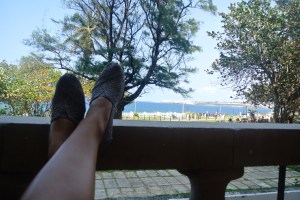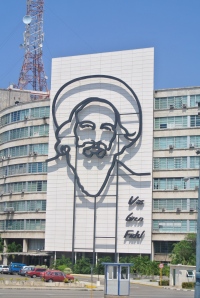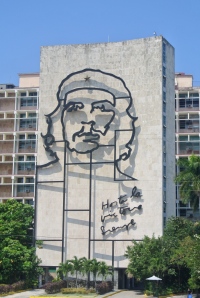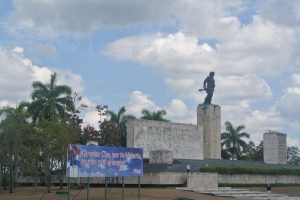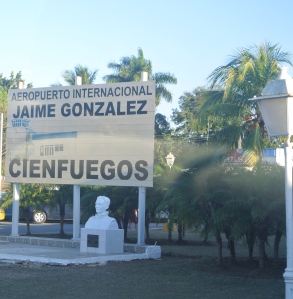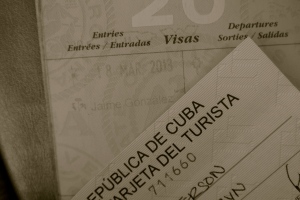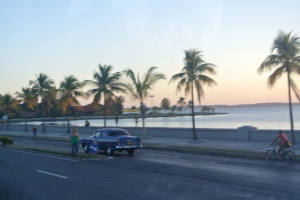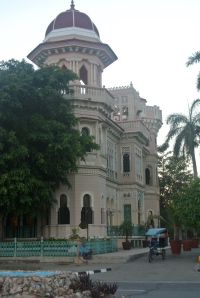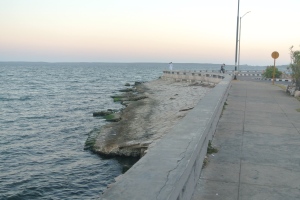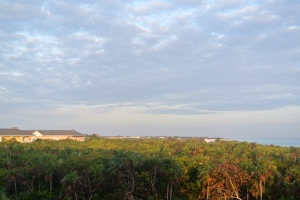Old Havana Model – Architect of the restoration explained the model and procedure of the restoration. The restoration is 33% completed with money from UNESCO and EU countries. They have been working on this percentage of restoration for 20 years. The model took one family of five 3 years to build. Wood is hard to find here, since the US has the best wood and it is embargoed. Canadians have the second best but if Canada trades with Cuba, the US won’t trade with them for a year.
San Francisco de Asis
Cathedral
The Hotel Ambrose is the former hangout of Ernest Hemingway when he came to Havana for the fishing tournament (and after, before he rented a house). He stayed in room 511 where he finished the book For Whom the Bell Tolls and started The Old Man and the Sea.
National Hotel – probably the nicest hotel in Havana where many presidents and famous people stay.
We then visited a Dance School where kids ages 4-14 would study dance after school. They are there from 4:30-7 pm. Kids aged 4-9 were in workshop 1, 10-14 were in workshop 2. At age 9 kids must pass an audition to continue into workshop 2, the professional school. Kids attend M-F and learn 3 different styles of dance; ballet, modern and Spanish. There were a total of 470 kids in the school. After workshop 2 they stay for 5 years. There are 10 boys total and in 9th grade they have to decide weather to continue at that school or go to the National School of Art. They start with 40 students in workshop 1, 25 go onto workshop 2. If students don’t qualify, they can stay in workshop 1 for another year. We had trouble getting answers about what they do after school or what other options they have if they can’t make it into workshop 2.
23rd and L street is the most famous corner in Havana, where you can find the most popular ice cream shop, the former Havana Hilton, the theater showing “White Elephant” and behind it Cuban radio and TV stations.
